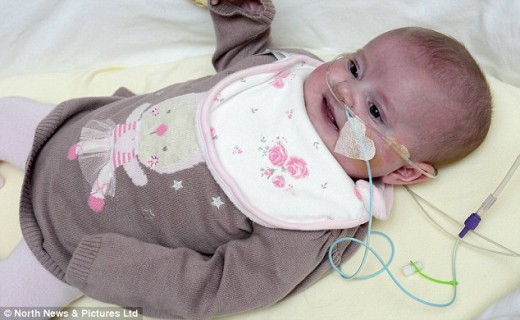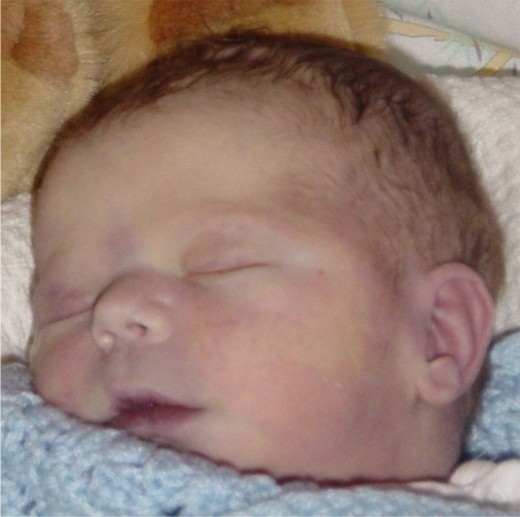Typhoid Fever: Clinical Management And Treatment Course Of The Disease And Its Complications
Bed Rest In Managing Typhoid Fever Patients

Infectious Diseases
General Management
General management consists of rest in bed, proper nursing care to avoid bedsores and oral sepsis and maintenance of nutrition and fluid and electrolyte balance. The diet should be easily digestible and of low residue type. At least 1500 to 1800 calories and 2 to 3 times of fluid should be provided every day. Since change of diet during the course of the illness has been noted to cause diarrhea and other intestinal complications, it id advisable not to change the diet drastically during the course of the illness.
Suppurative parotitis may occur as a result of poor oral hygiene and reduction of general resistance of the patient. Parotitis can be avoided by giving proper mouth care and ensuring proper hydration.
If the patient is constipated, the bowels may be opened once in 3 to 4 days by administering glycerine enema. Laxatives are generally contraindicated. Diarrhea usually stops on withdrawing milk from the diet. If it still continues, an opiate tablet like codeine or tincture opium 15ml thrice daily will relieve the symptom.
The drug of choice is chloramphenicol. Many other drugs show good in vitro activity against Salmonella typhi. Though they are as effective as chloramphenicol in mild and moderate cases, in severely toxic patients chloramphenicol is found to be more effective. Improvement starts within 48 hours of starting the drug and the patient becomes afebrile within 2 to 5 days. Chloramphenicol is given orally in a total daily dose of 30 to 40 mg/Kg administered at 6 hourly intervals. Since the drug is well absorbed from the intestines and is more effective when given orally, this route is preferred. It is continued in the same dosage for 5 to 7 days after the temperature has touched normal and thereafter it is continued in a lower dose for another week. Since chloramphenicol is only bacteriostatic, it has to be continued for at least 10 to 14 days to avoid relapse. Chloramphenicol has to e given intravenously if oral route is not reliable as in vomiting and when complications such as hemorrhage, perforation and meningitis occur. Parenteral administration is continued till the condition improves and the patient is able to take oral drugs. Oral medication is resumed, thereafter.
Adverse side effects of chloramphenicol include allergic manifestations, sudden fall of temperature with crisis and agranulocytosis. Agranulocytosis should be suspected when the patient complains of sore throat and the pharynx and tonsils show inflammation. The total and differential counts should be done without delay. Though moderate leucopenia occurs in uncomplicated typhoid fever, the neutrophil count does not drop below 1200 to 1500/cmm. In agranulocytosis, the neutropenia is much more marked and the leucocyte counts fall rapidly with neutrophils reaching below 500/cmm. Absence of young form of polymorphs in the peripheral blood smear confirms the diagnosis. Chloramphenicol should be withdrawn immediately and alternate drugs should be instituted. Indiscriminate use of large doses of chloramphenicol leads to fatal aplastic anemia. Inspite of such serious toxic effects, chloramphenicol has to be employed for the management of serious forms of enteric fever, with proper monitoring. This drug should not be used further in those with a previous history of adverse reactions to chloramphenicol.
The Grey Baby Symdrome

Side Effects Of Chloramphenicol
The patients with severe toxemia, in addition to adequate doses of chloramphenicol and appropriate general measures, judicious administration of betamethasone 4 mg thrice daily for a short period helps in improving the general condition.
In infants whose hepatic and renal functions have not fully developed, chloramphenicol may give rise to “the grey baby symdrome”, in which the baby becomes listless, pale and grey in colour. This syndrome carries a high mortality.
Alternative drugs: Ampicillin and amoxicillin are effective in typhoid fever. Parenteral administration of ampicillin is more effective, if given in a dose of 60 to 80 mg/Kg/day. Amoxycilin is as effective as ampicillin and the dose is 250 to 500 mg given 4 hourly.
Cotrimoxazole has been used in patients infected with chloramphenicol- resistant strains of S. typhi in a dose of 1g twice daily. Furazolidone in a dose of 300 to 400 mg per day is effective and nontoxic, and can be employed in mild and uncomplicated cases.
The Typhoid Stage Of Typhoid Complication

Treatment Of Complications Of Typhoid
The typhoid state: This toxic state occurring in typhoid fever is managed by proper correction of fluid and electrolyte balance, adequate antibiotic therapy and a short course of corticosteroids.
Intestinal perforation: This is a medical emergency which demands prompt recognition and management. The patient has to be examined by the physician and surgeon depending on the condition of the patient. If the perforation is recent and peritonitis has not developed, surgical closure is indicated. If the perforation is more than several hours old and peritonitis has developed, the management is conservative. In addition to parenteral chloramphenicol, additional coverage has to be given for other Gram-negative and anaerobic organisms.
Intestinal hemorrhage: This is managed with adequate and prompt blood transfusions and parenteral chloramphenicol therapy. In a few cases hemorrhage tends to recur and repeated large blood transfusion may be required. Prognosis is good if replacement of blood is prompt and the general toxemia is managed successfully. The mortality depends upon the amount of blood lost and general toxemia.
Treatment of relapse: Relapse is treated on the same lines as the primary attack and chloramphenicol is still effective.
Treatment of carriers: Eradication of intestinal infection has been attempted with ampicillin and cotrimaxazole given in repeated courses. Cholecystectomy is curative in over 85% of cases with gall bladder disease.
© 2014 Funom Theophilus Makama









